Worlds within Worlds
Cynthia Hawkins, Julie Mehretu, and the Art of Mapping What Isn’t There + A weekly round-up of things I have consumed.
Afternoon, my world-weary amigos.
I was going to say, we’re turning a corner. But, then the weather got colder and the future looks more and more like the 15th century (@Liam, I am not dodging your calls, I have just been chained to my desk. I will be running with this “New Middle Ages” take for a while. Consider this a god-wink.)
Here in New York, the light is back—morning and evening—which means hope is marginally less offensive. Even the office fluorescents seem to sting a bit less (although losing Severence has Pavlov’s-dogged me into being marginally more excited to go to work.)
This week’s letter is a fun one. At the suggestion of my very charming new friend Rajya, I’m introducing a new segment at the end: “What I’ve Consumed This Week” Think of it as a cultural logbook, a dispatch from my metaphorical desk. Lock in friends, if it hasn’t become clear yet it will - I read far and wide, and go down some really deep rabbit holes.
We all need a little escape these days.
And while I have you: send me things to consume! Articles. Music. Obscure theory PDFs. GIFs. Whatever. Let’s fight the algorithm with human curation.
Who knows, maybe one day we can talk about it over Lychee Martinis at Cha Cha Tang—my living room away from my living room. (Shoutout to Ros, the maitre’d, who could single-handedly solve the loneliness epidemic with how warm her demeanor is and bright her smile.)
Still workshopping the name for the section—suggestions welcome. I’ll be trying on a few for size.
Now, to the meat of it. These art thoughts have been banging around my brain since I started writing this thing. We will try to make sense of it together.
Math, Art, and Italians
I went to the opening of Maps Necessary for a Walk in 4D, Cynthia Hawkins’ latest exhibition at Paula Cooper last week. Somewhere between the floating orbs, jagged grids, and glowing, layered topographies, I found myself thinking about Italo Calvino.
To be fair, I am almost always thinking about Italo Calvino.
Specifically Invisible Cities—a slim, melancholy book of metaphysical architecture I read during my first year of college. Like many things that happen at the tender age of 18, it lives rent-free in my mind ever since, quietly categorizing the world.
For the uninitiated: the novel is structured as a conversation between Kublai Khan and Marco Polo. The Great Khan, unable to grasp the sprawl of his own dominion, relies on Polo’s descriptions to see across his empire. But the cities Polo recounts are strange, dreamlike and often impossible.
As the book unfolds, it becomes clear that Polo isn’t mapping geography—he’s mapping experience. Memory. Emotion. Perception. Invisible Cities is not a travelogue but a philosophical atlas, charting the emotional and conceptual terrain of subjectivity, and the fragile act of trying to capture something so personal in words.
Calvino understood that space isn’t neutral. It’s shaped by memory, by feeling, by the stories we tell ourselves. He blurs the line between city and psyche. Honestly, it’s a miracle I haven’t tried to get you all to read it sooner. Consider this my pitch.
Don’t even get me started on the math behind the chapter structure. It’s wild.
Pure Math, Pure Vibes
Speaking of which, in college, my favourite thing to do was try and merge my very dissonant majors: Pure Mathematics and Art History. Many of my friends endured long nights where I attempted to prove the existence of soulmates via proof (Ari, if you’re reading this, you have the patience of a saint.)
So you can imagine the way my nerdy little heart was singing during the Cynthia Hawkins show.
The Exhibition
The title, Maps Necessary for a Walk in 4D, isn’t just poetic—it’s precise.
Originally based on Marshallese stick charts: ancient navigational tools used across the Pacific by seafarers who mapped wave patterns, currents, and wind through embodied knowledge. Navigation, in this context, wasn’t visual—it was visceral. You create embodied memories learned by laying flat in a canoe, feeling the rhythm of the water beneath you, committing its language to memory.
Colonization, predictably, attempted to erase this epistemology. But now, in a small but poetic act of restitution, contemporary oceanographers are working with the last remaining masters of this technique. This is where the magic happens – cultural knowledge and modern science marrying yielding very interesting results. I like where science is going with this.
Hawkins, inspired by this convergence, had planned to build from these stick maps—but then she rediscovered ten drawings she made in 1979 for a sculpture titled A Walk in 4D.
The piece mapped her daily walk from her apartment on West 83rd Street to the 86th Street subway station, visualized through the lens of spacetime. She rendered it at a 45-degree angle, the same angle used to depict the movement of light through spacetime – an elegant distillation of memory, motion, and mathematics.
It’s a quietly radical idea. To render a mundane commute—arguably the most forgettable kind of urban experience—as a spatial-temporal diagram. Her abstraction becomes a kind of metaphysical cartography. But, also taking it from such an embodied position feels daring!
She is forcing a kind of consciousness into something we all do and zone out of constantly. I listen to a plethora of podcasts, music, dumb phone games specifically to distract myself from the banality of my daily commute. Meanwhile, Hawkins is wandering through every dimension while I keep my eyes on the pavement and try not to get knocked onto the subway tracks.
She calls it organic geometry. If I could have majored in that, I would have.
A Brief History of the Fourth Dimension (in Art)
The fourth dimension has haunted modern art for over a century. Early on, artists treated it as a kind of spatial fever dream—an extra direction, a deeper depth. Post-Einstein, time entered the chat, and artists started probing the nature of space-time itself.
What is fantastic about this as well is that science and mathematics does not have a good way of visually representing higher dimensional space. Max Weber once described the fourth dimension as “a great and overwhelming sense of space-magnitude in all directions at one time.” The 1936 Dimensionist Manifesto called for art to conquer four-dimensional space. The best we can do is depict the ‘net’ of a fourth-dimensional object, like Dalí does in Corpus Hypercubus. This gives artists and their representations more urgency - the same way we rely on renderings to depict all imaginary spaces.
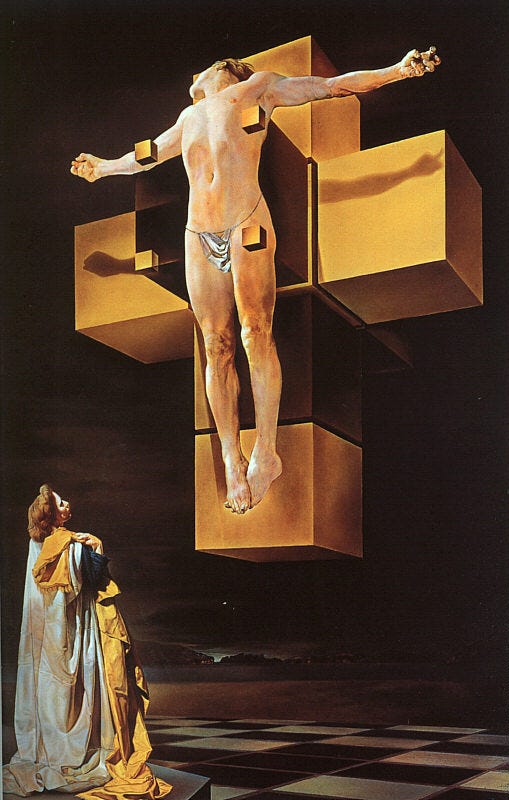
Hawkins steps into this lineage with a contemporary twist: maps, memory, geometry, and the layered rhythms of city life. Her work doesn’t just reference dimensionality—it inhabits it.
We are getting to the part where this all comes together, I swear.
If you’re thinking, “Wait, I was promised Italians and now I’m neck-deep in spacetime diagrams and higher dimensional mathematics,”—fair. But stay with me.
Because Hawkins’ New York is Calvino’s Zaira. The chapter reads:
“In vain, great-hearted Kublai, shall I attempt to describe Zaira, city of high bastions. I could tell you how many steps make up the streets rising like stairways, and the degree of the arcades’ curves, and what kind of zinc scales cover the roofs; but I already know this would be the same as telling you nothing. The city does not consist of this, but of relationships between the measurements of its space and the events of its past: the height of the lamppost and the distance from the ground of a hanged usurper’s swaying feet; the line strung from the lamppost to the railing opposite and the festoons that decorate the course of the queen’s nuptial procession; the height of that railing and the leap of the adulterer who climbed over it at dawn; the tilt of a guttering and a cat’s progress along it as he slips into the same window; the firing range of a gunboat which has suddenly appeared beyond the cape and the bomb that destroys the guttering; the rips in the fish net and the three old men seated on the dock mending nets and telling each other for the hundredth time the story of the gunboat of the usurper, who some say was the queen’s illegitimate son, abandoned in his swaddling clothes there on the dock.
As this wave of memories flows in, the city soaks it up like a sponge and expands. A description of Zaira as it is today should contain all of Zaira’s past. The city, however, does not tell its past, but contains it like the lines of a hand, written in the corners of the streets, the gratings of the windows, the banisters of the steps, the antennae of the lightning rod, the poles of the flags, every segment marked in turn with scratches, indentations, scrolls.”
OK first off, I would give an arm and a leg to write like Calvino.
As with everything, I end up thinking about things in terms of New York. This is pretty easy when Hawkins literally based the exhibition around a piece depicting her walk on the Upper West Side. Her New York felt like a cartographic echo of Calvino’s city of Zaira— a city built not of buildings but of relationships, where every gesture, every trace, reconfigures space.
Her paintings are maps, yes, but of what? Emotion? Time? Memory folded over on itself? Yes, and. Grids emerge and dissolve, orbs hover between dimensions, and the whole thing teeters between the ancient and the interstellar.
This feels remarkably similar to walking around the city with friends who have been here a long time. The conversation always veers to “and that’s the street corner where I got sick after Hotel Chantelle and the cab kicked me out…” and “oh look at that my phone is still connecting to the wifi of that guy I dated back in 2019, guess he must still live in the neighborhood.” etc.
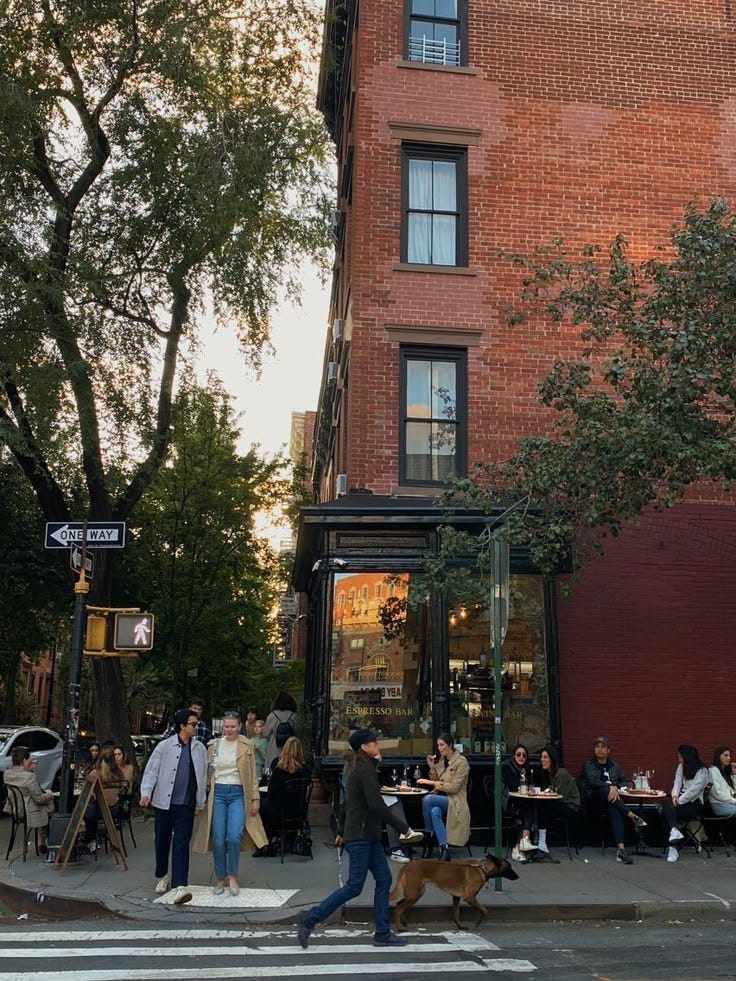
All flashing colours and funny sounds, the city is more a collection of moments that have been, are yet to be. All potential, both realized and unrealized.
Her New York is not a grid. It’s a palimpsest.
Mapping the Myth of Lived Experience
Naturally, I started thinking immediately of Julie Mehretu.
Both Hawkins and Mehretu engage with space as a proposition—political, metaphysical, structural. Mehretu treats her cities as the starting place for a conversation between the past, present and future of literally everything. Her canvases are all density and rupture—Architectural blueprints, digital renderings, maps, and the ghosts of public squares—all overlaid, sanded back, rewritten. In Invisible Line (collective), you get New York and not-New York at once: a city made of ideology, infrastructure, and interstitial memory.
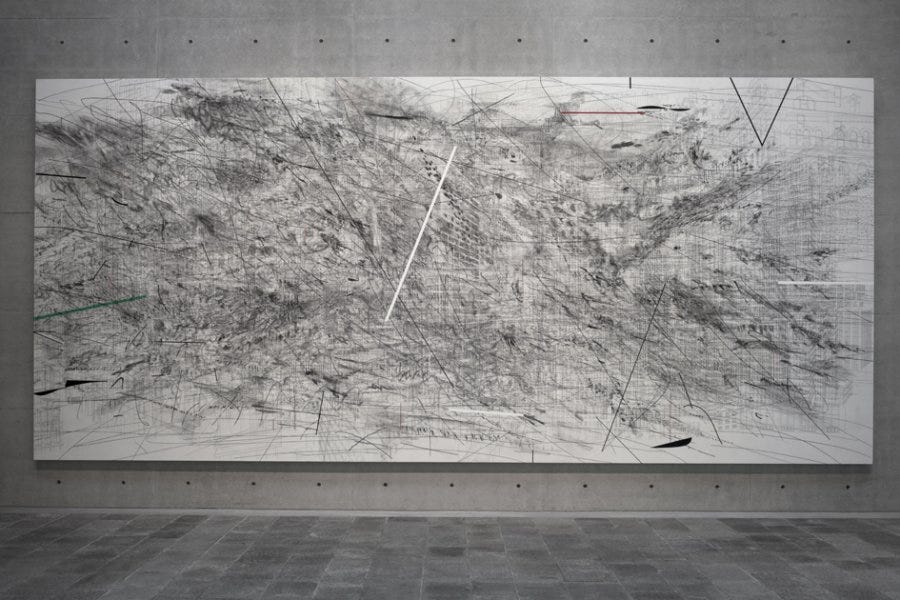
Mehretu shows us the infrastructure of ideology—how power is scaffolded into space.
If Calvino’s cities are imagined, and Hawkins’ are mapped through memory, Mehretu’s are systems under pressure. Cities trembling on the edge of legibility. Urban space as a battleground for power.
That’s the link—between Calvino, Hawkins, Mehretu. All three are interested in the politics of the imaginary. In how we build meaning into space. In how the invisible gets rendered visible.
Hawkins reclaims abstraction from modernism’s cold detachment and re-infuses it with cosmology, intimacy, and time. Mehretu layers memory and resistance into her topographies. Calvino makes you realize every city you’ve ever loved is mostly fiction—and that’s the point.
These are artists of alternate cartographies. They offer literacy for spaces we haven’t fully learned to read—be it the structure of feeling in a walk, or the architecture of social networks, or the creeping spectral logic of the metaverse (yes, I know, deeply passé—but give it a year and Meta will rebrand again).
Perhaps that’s the point. That meaning isn’t fixed. That space is constructed. That maps are myths, and myths matter.
Consumed & Considered
This week:
Art-Related:
Paula Cooper show — both locations
Mary Royall’s studio — in Dumbo a dream come true and the kindest person, genuinely as much lightness and joy from her as her paintings
Restaurants:
Crevette — the Sicilian sashimi was stand-out and they had my favourite oysters of all time - Kushi from Vancouver Island, space is a little too big and cavernous for me but lovely nonetheless I think the cheat code here is a drink at the bar and des petite plats du fruits de mer
Bottino — a mainstay pre-gallery hopping in Chelsea
Movies:
Memento — honestly relevant, are we excited or scared for The Odyssey?
TV:
Season 48 of Survivor — I am a DIEHARD stan - one day maybe I’ll explain why it is the perfect show, but I make no apologies for my obsession
Adolescence - where do I begin? The acting was outstanding, the single shot takes - unreal. Specifically, the drone shot in the second episode!!! The ENTIRETY of the conversation in the third episode!!!
White Lotus (obvi)
Locales:
fleursBella — the most romantic garden flower studio tucked away on 11th st. between 5th and Lex. The kind of layered romance Nancy Meyers dreams about
Union Square Greenmarket — specifically to get this gluten-free olive oil lemon cake and branches because its branch season!! Which means it's spring!! And I can leave my hibernation state! Huge news.
Books:
The Book of Why — reading it for Book Club at work… I thought I left Math textbooks behind after getting a damn degree in the subject, but here we are
Music:
I’ve been spending a lot of time with Waxahachtee and Ethel Cain recently – one is easy listening, the other is a horror story disguised as an atmospheric album, but I love a little bit of southern gothic
Upcoming:
Theatre:
GlenGarry Glen Ross – we finally booked tickets, I am so looking forward to this!
Art-Related:
The Frick Re-opening — as everyone is so excited about it I am
Beatriz Milhaze at Guggenheim — I am dying to see this
Sargent in Paris — at the Met!! Madame X was a revelation for me when I first saw her, so thrilled to be able to see this whole exhibition.
Music:
Sara Tavares — I’m so sad to have discovered her after she has passed away, but I will be spending a whole lot of time with her discography after. I have a deep appreciation and passion for African musicians that mix cultural traditions between Western and African roots
Abel Selacoe — within that vein, he is my all time favourite, which if we spend enough time together I will eventually force you into a listening session
If you made it here, thank you for sticking with it. I want to hear your thoughts and reactions! Leave a comment, I love to hear your reactions <3
Until next week xx





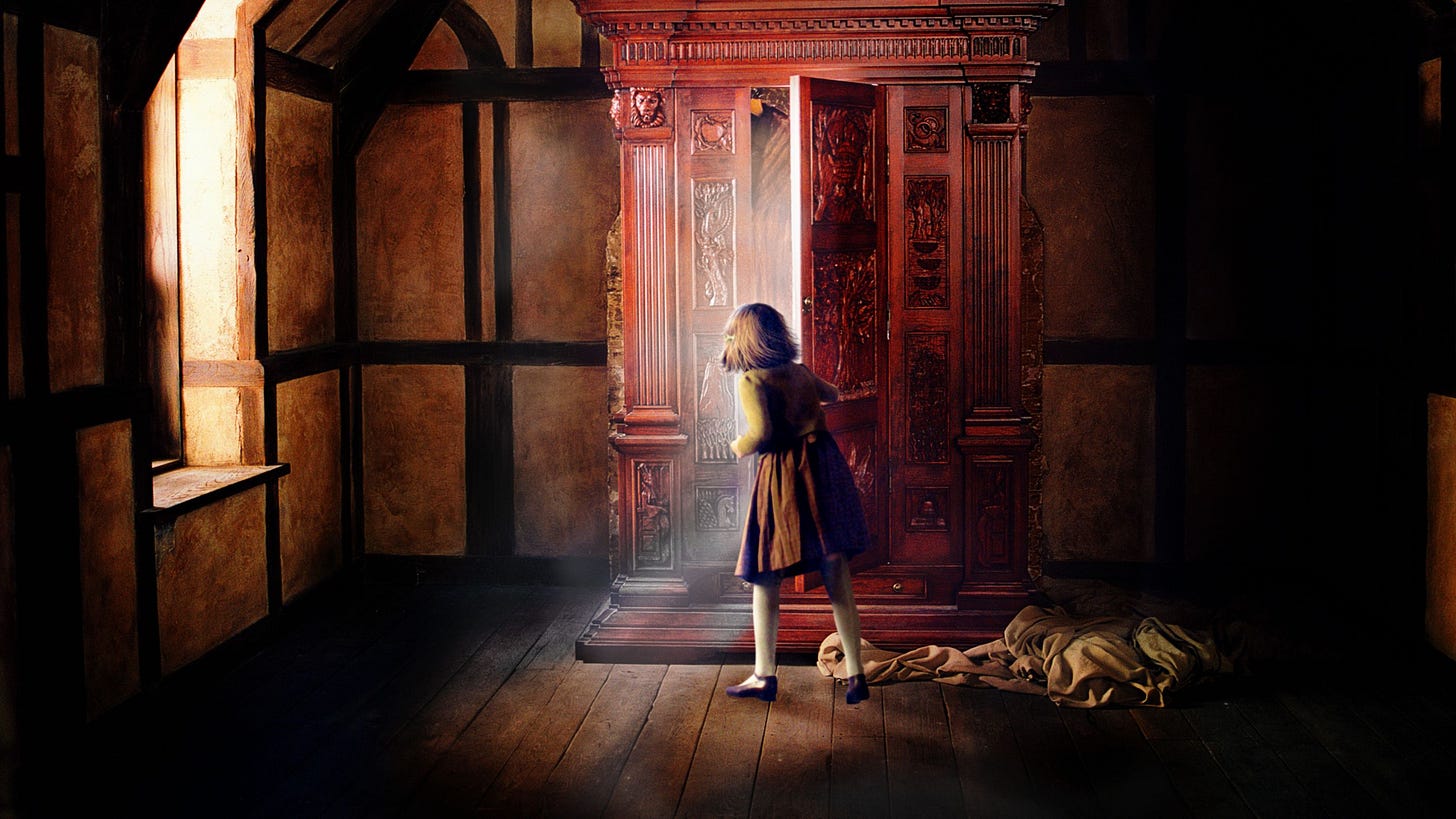

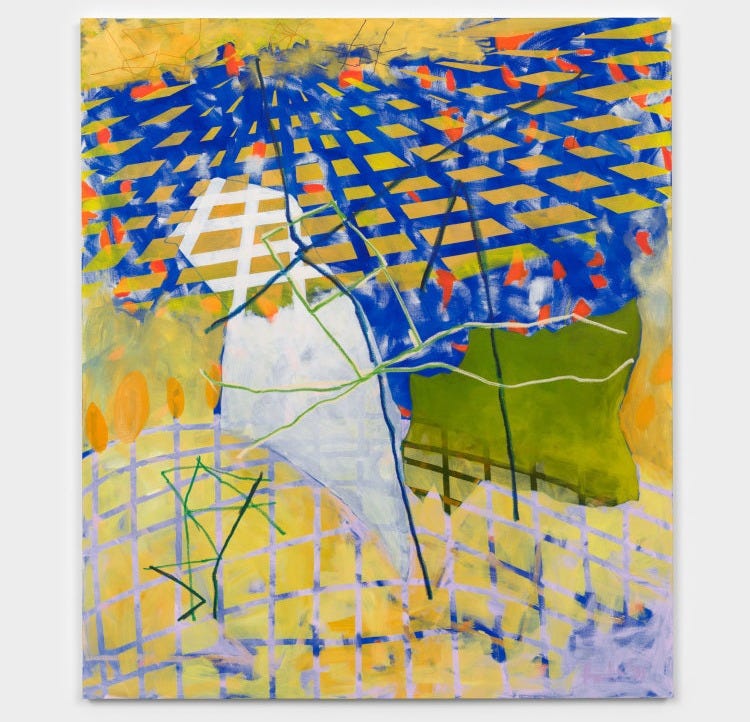


My new Bible!